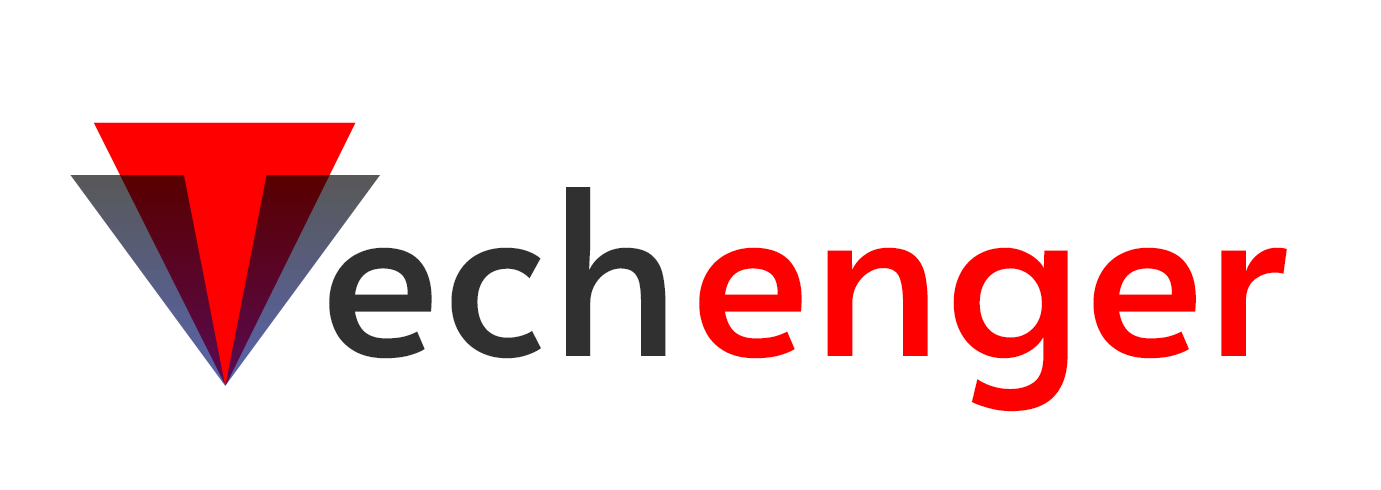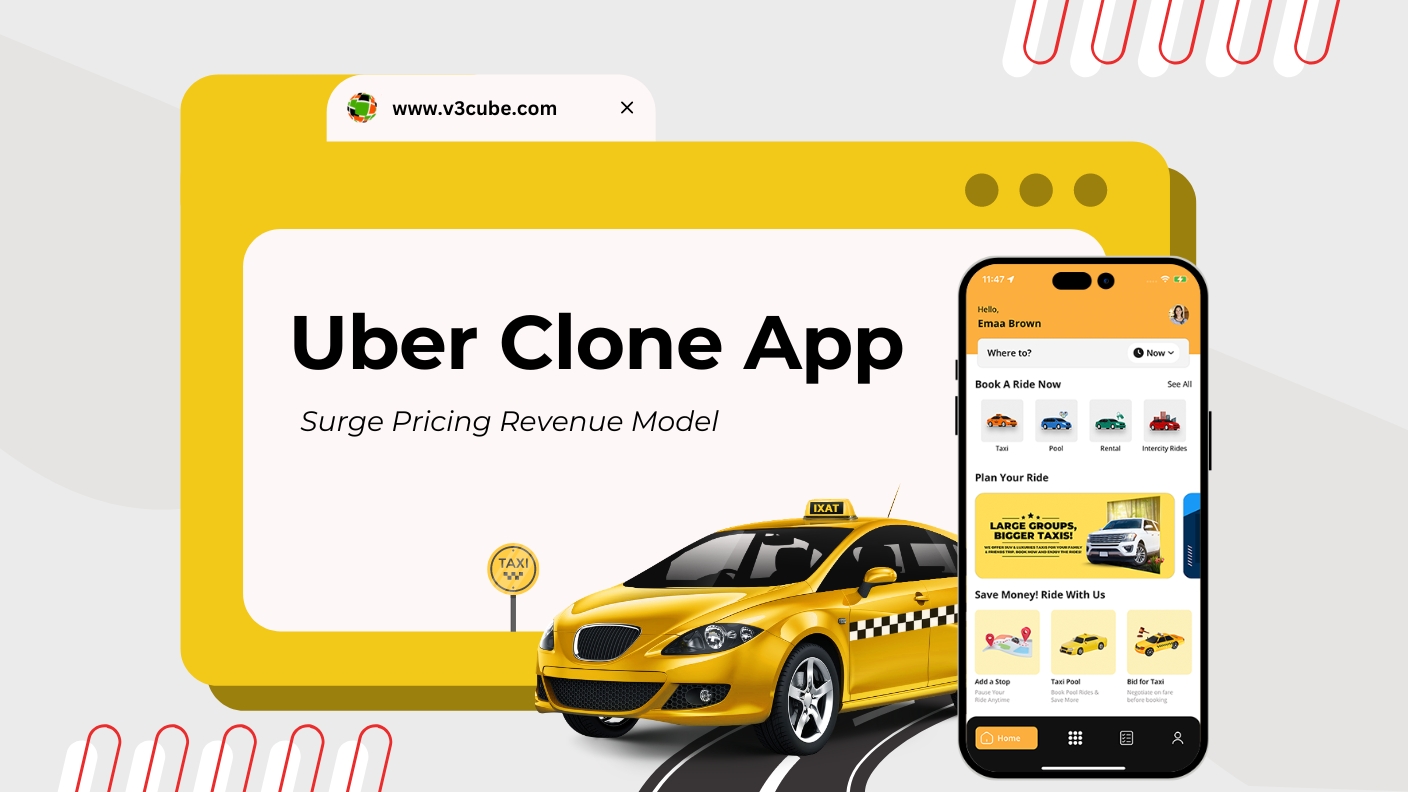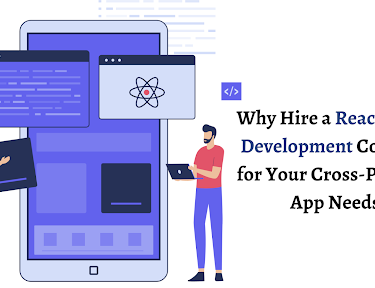Table of Contents
How does surge pricing help make a profit for the Uber Clone app?
The first question that comes to mind when thinking about building your Uber Clone App is: How will you, as an entrepreneur, generate money from it? There are various revenue model strategies, such as commission fees from drivers, cancellation fees from users, etc. However, the most profitable model is surge pricing, in which you can increase the fare of rides during peak hours or high demand. In this blog, understand the workings of surge pricing in the Uber Clone App and another revenue model to earn profit.
Introduction
The taxi business is a big business, used by many people who find it cheaper and generally less stressful to be taken to their destination by a taxi driver! Not everyone can own a car, which automatically creates demand for taxi services.
For businesses with an existing taxi rental service, developing a taxi-booking app can do wonders for scaling up your business. However, you do not already have a taxi service. In that case, you can still create an Uber Clone app and use it as a booking platform for existing taxi companies.
What is the meaning of Surge Prices?
Uber Clone uses a surge-pricing algorithm to adjust prices when demand is high. This “surcharge: is calculated using on the number of trips in the area and driver’s availability. Adjusting taxi fares based on conditions is a crucial element of the business plan. Per-mile rates automatically rise in response to increases in demand.
The new price depends on the number of drivers available and the volume of traveller requests. Surge pricing works well to increase sales during peak periods, although it can stir up controversy.
Need of Surge Pricing for Your Uber Clone App
Surge pricing is an economic mechanism aimed at bridging the imbalance between supply and demand. It is an important tool for taxi services and Uber clone app providers to balance supply and demand when there is an imbalance. It is an excellent alternative to the passenger’s worries about ‘no taxi available.’ It helps the service provider increase efficiency and increase the number of trips available.
Because price inflation reduces requests for rides during peak hours, it benefits taxi aggregators. Riders can travel to another location or wait until the surge subsides. As a result, those passengers who need an immediate taxi and are willing to pay a higher cost stand a chance. Additionally, it means faster pickup time and a better customer experience for service providers.
How does surge pricing work?
There have been many discussions about how the surge price mechanism works in on-demand taxis. However, the logic used is clear and simple. When supply is less than demand, the prices double to balance supply and demand.
When the number of taxi requests is more than the number of taxis available in a particular area, the rider will see a multiple of the standard prices in Uber Clone on-demand taxi booking service.
After a predetermined period, the algorithm inspects demand, and raises prices until supply and demand balance. Consider Uber, one of the first companies that adopted surge pricing. This algorithm checks the number of requests and taxis available in the area every five minutes. When supply and demand are out of balance, the base prices double. The cab assembler can instantly connect the passenger to the driver and operate the system in this way.
Change of Rates in the Uber Clone Application
When demands increase, Uber Clone uses variable costs to encourage more drivers on the road and help handle the number of passenger requests. When you increase the fare, Uber Clone also informs drivers. When a person decides to go ahead and request your taxi, your users will get an alert on the app to make sure they know the price has changed.
- Price normalization
Once more drivers are on the road and responding to ride requests, demand will become more manageable, and prices should return to normal.
- Uber peak hours
A Regular rider is already familiar with peak times when demand and prices are likely to increase. These include:
- Friday and Saturday nights
- Rush hour after work
- Large events and festivals
Dynamic pricing helps users ensure that there are always enough drivers to handle all ride requests so people can get the ride easily and quickly. Whether your users and their friends make the ride or sit out the surge is up to the app.
Other Revenue Model for Your Uber Clone App
- Commission fees
The commission will be where the money flows in the most obvious way. Every confirmed trip will be sent to the app owner. However, the commission rate varies because each app owner has the freedom to modify it as they see fit.
- Subscription form
A subscription-based business model charges customers a recurring fee—daily, weekly, monthly, or yearly—for access to a product or service.
In the driver subscription model, A driver pays a flat subscription fee instead of a commission per trip. The subscription has an expiration that depends on time or quantity. Magazines and newspapers started this model, but it is now widely used by many business entities. It is a new model built on an old concept. We implement this model in Uber Clone. In this model, the driver receives greater returns than in the commission model.
- Offering luxury taxi trips
Uber may have started with an MVP model, but after you build your company, you can add new types of services, such as high-end vehicle rides. The vehicle fleet includes luxury cars like Mercedes, BMW, SUVs, limousines, etc. Users will be okay with paying a little more for these luxury taxi services as they are only used on special occasions.
- Cancellation fees
The user schedules the trip but cancels it shortly after. However, the driver is already heading towards the truck. As a result, cancellation fees are charged in certain circumstances. Although it may not be a huge collection in the end, it is of great importance.
- Third-Party Ads/Banners
The Uber Clone app has found a lucrative revenue stream through in-app advertising. This strategy displays ads strategically in the app’s UI to generate revenue. These ads can be banner ads, pop-ups, or sponsored content.
For example, a storeowner benefits from a broad user base and high consumer engagement; they collaborate with you to promote their offers, content, etc.
Advertisers can purchase advertising space within the app, allowing them to target specific groups of users who are already using the app’s features effectively. By leveraging different targeting strategies, such as user preferences and demographic data, you ensure that users are presented with relevant and personalized ads, which ultimately leads to increased conversion rates and revenue generation.
Future of Surge Pricing in the Uber Clone App
The surge prices do not look like they are going away anytime soon. Other on-demand sectors also benefit from it on a large scale. For example, companies are creating innovative ways to balance supply and demand with algorithmic, database-based decisions. Additionally, real-time tracking makes it easier to implement dynamic pricing systems as technology advances.
If done correctly and according to the rules, dynamic pricing benefits all stakeholders in the ridesharing ecosystem. The surge pricing system ensures passengers a safe, on-demand ride experience by balancing supply and demand. According to several studies, passengers, drivers, and service providers benefit from dynamic pricing with maximum restrictions.
Final words
You must have witnessed a fare hike once in your life when riding an app like Uber. Therefore, you know why volatility is important in a taxi-booking app, and it helps the owner make a profit. Taxi prices rise during peak hours or high demand in the area. Suppose you also want to make a profit in your taxi business. In that case, you should choose the Uber Clone app with surge pricing and other revenue models. This is how you can increase your customer base and make a profit in the business.




